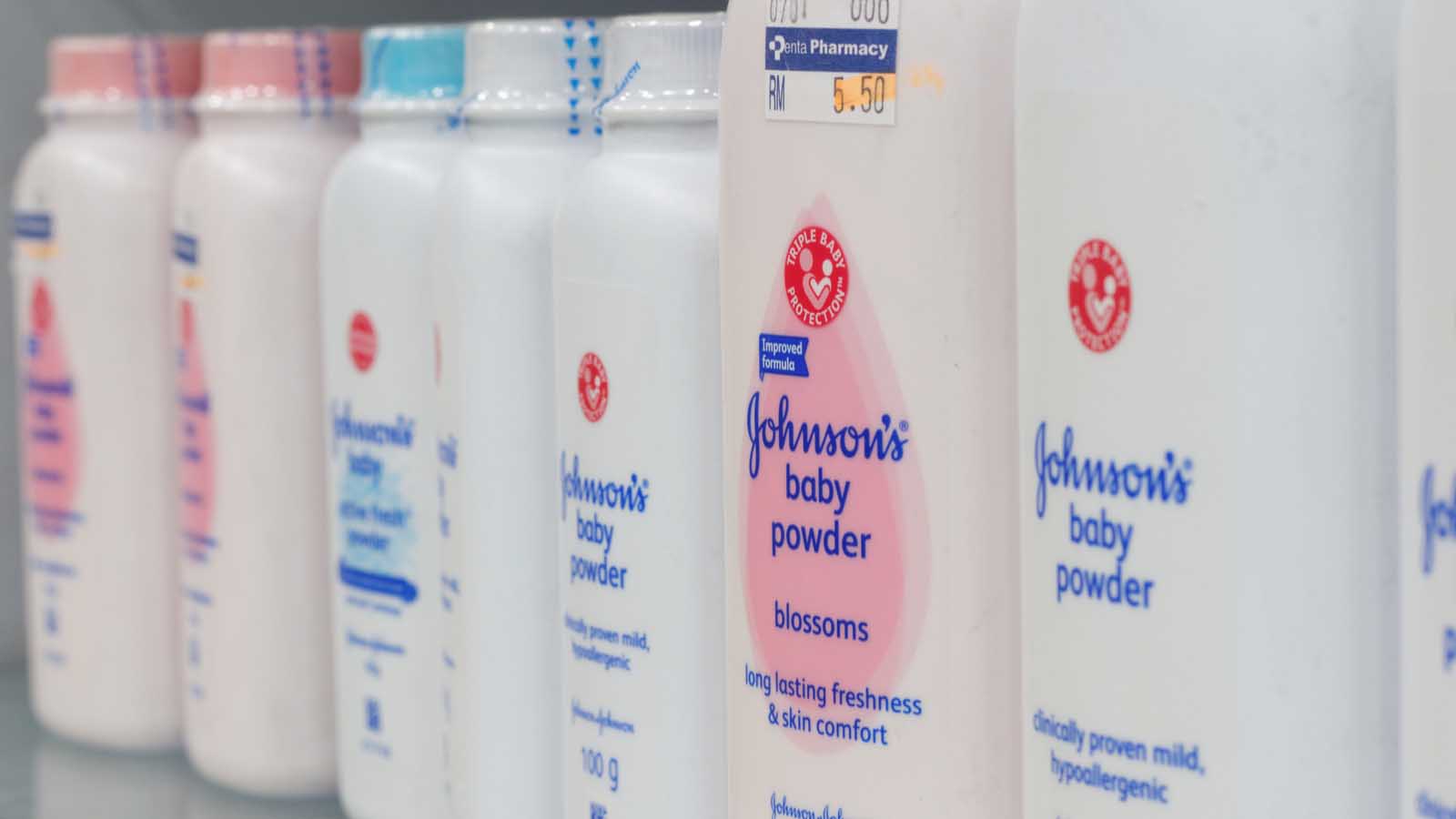On its surface, Johnson & Johnson (NYSE:JNJ) is a fine and stable consumer and pharmaceutical healthcare giant, supported by steady demand drivers for health care products and healthy profit margins which have room to keep expanding with scale. All else equal, that slow and steady growth profile should theoretically lead to slow and steady gains for JNJ stock.
But all else has not been equal over the past few years for the company.
Throughout 2018 and 2019, Johnson & Johnson has been, as Barron’s puts it, “dogged by lawsuits“. There was the baby powder problem in 2018, wherein the Food and Drug Administration said they had found trace amounts of carcinogenic asbestos in Johnson & Johnson’s talc baby powder. Big litigation over that baby powder followed suit. Then, in 2019, Johnson & Johnson found itself in big court battles over its Risperdal product and the opioid crisis.
All told, because of consistent litigation headwinds, JNJ stock has consistently under-performed. In 2018, while the S&P 500 dropped 6%, shares dropped 8%. In 2019, while the S&P 500 rose nearly 30%, the stock increased just 13%.
Will this under-performance in JNJ stock continue in 2020? The market doesn’t seem to think so. The stock is up 16% over the past three months — versus just an 8% gain for the S&P 500 — amid optimism that the worst of this company’s litigation headwinds are in the rear-view mirror.
But I’m not sold on the bull case at current levels. Here’s why.
Litigation Headwinds May Not Be Over
There are two big reasons why I’m not sold Johnson & Johnson stock here. The first is that while the market seems to think the worst of the company’s litigation headwinds are over, I’m not so sure.
From the viewpoint of litigation, the bull thesis is pretty simple. Johnson & Johnson has been dogged by lawsuits over the past several years. The biggest of those lawsuits has to do with the opioid crisis, in which Johnson & Johnson played a fairly major role. Opioid crisis litigation was supposed to stretch out several years. But in late 2019, a new deal came forth which proposed to address all this opioid litigation in one swoop, by tying together all involved parties.
As part of that deal, the pharmaceutical giant will have to pay just $4 billion. That’s not that much for this company. It’s much less than other numbers that were being thrown around. In response to news of the deal — and on hopes that the deal will close soon — JNJ stock has pushed higher over the past few months.
But there’s a major roadblock here. Namely, not all involved parties have agreed to this deal. According to Barron’s, only a handful of state attorney generals have signed the deal. Most state AGs have not. Meanwhile, the deal will also need approval from the thousands of local governments that have sued Johnson & Johnson and others — and that doesn’t look likely.
All in all, then, what the market sees as a done deal isn’t a done deal at all. And that’s a major risk for Johnson & Johnson stock considering how much litigation headwinds have dogged this stock over the past two years.
JNJ Stock Is Fully Valued
The second reason I don’t like JNJ stock here is that — even ignoring litigation headwinds — shares are fully valued with limited upside at $150.
Johnson & Johnson is a slow and steady growth business. You have the consumer business, which grew sales by 1.4% in 2019 thanks to consumers continuing to buy quasi-necessary products like Tylenol and Motrin. You have the pharmaceutical business, which grew sales by 5.8% in 2019 as strong drug pipeline growth was offset by generics competition. And, you have the medical devices business, which grew sales by 3.9% in 2019 behind steady product uptake.
None of these dynamics are going to change anytime soon. Consumers will forever be buying Tylenol and Motrin at their local drug stores. Johnson & Johnson will forever have a strong pipeline of pharmaceutical products and will also forever be pressured by generics competition. At the same time, the medical devices business will forever sustain low single-digit revenue growth.
Putting all that together, Johnson & Johnson has significant visibility to slow and steady revenue growth over the next few years. Margins should improve with scale, powering slow and steady profit growth.
That’s all fine and dandy. But the problem is that JNJ stock is fully priced considering the company’s slow and steady growth potential.
Consensus sell-side estimates peg 2022 earnings per share at $10.45. The historical average forward earnings multiples for this stock is 16. That’s also the average forward earnings multiple across the health care sector. A 16-forward multiple on $10.45 in 2022 projected profits implies a 2021 price target of $167.
That’s just 10% above where shares trade hands today, and it’s 24 months out.
Bottom Line
Johnson & Johnson stock isn’t too exciting here and now, mostly because: 1) an already full valuation limits upside potential, and 2) litigation headwinds present sizable downside potential.
Not a lot of upside potential, but a fair amount of downside potential? Doesn’t sound too exciting to me. I’ll pass for now.
As of this writing, Luke Lango did not hold a position in any of the aforementioned securities.

